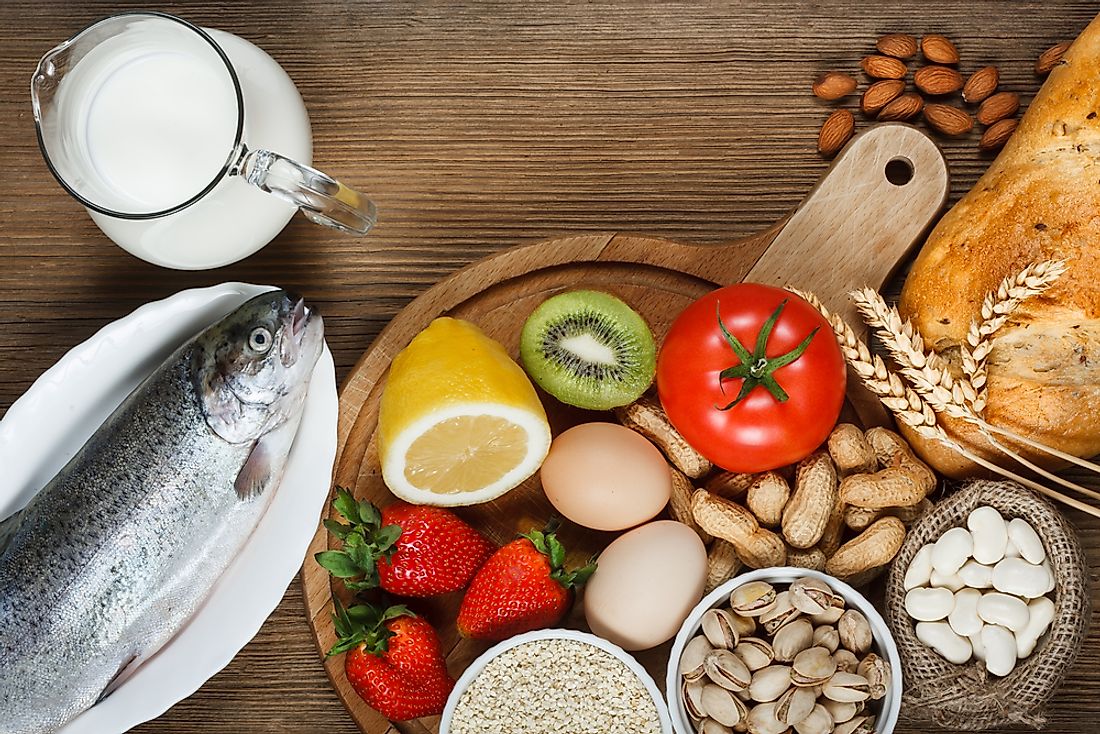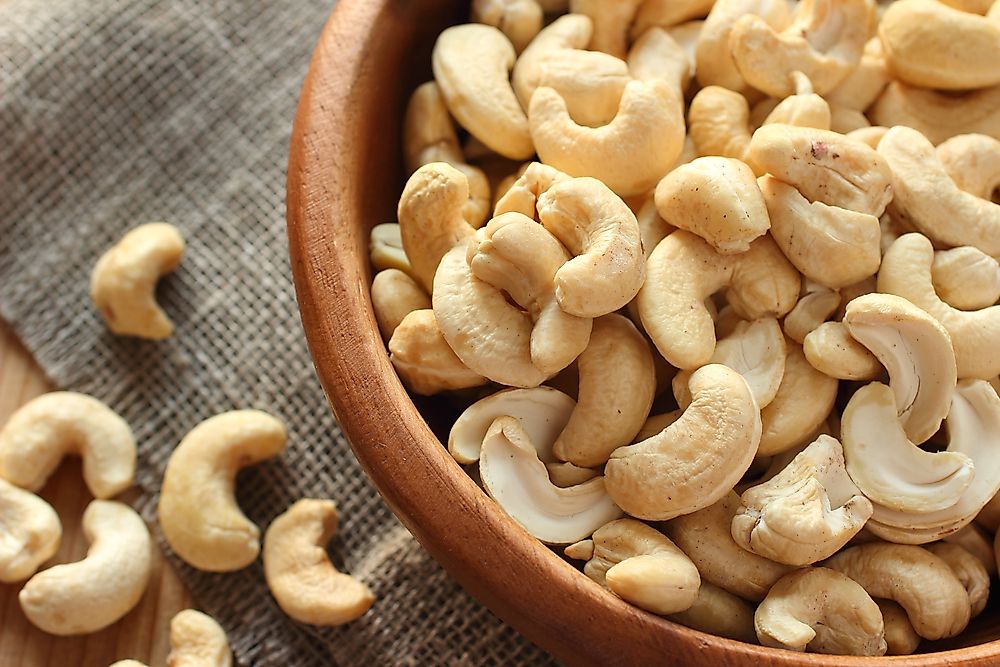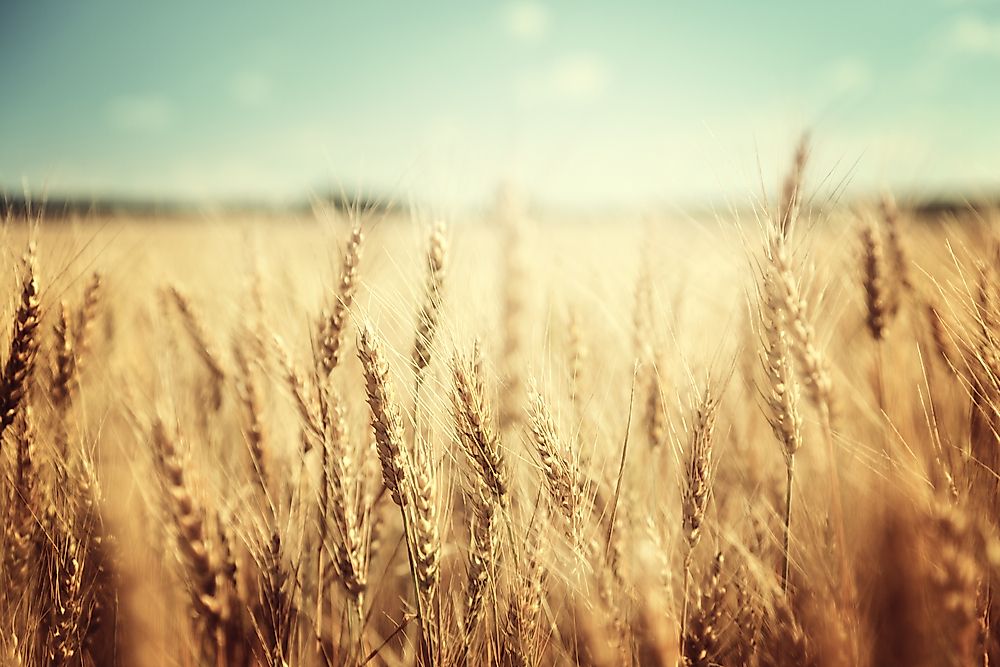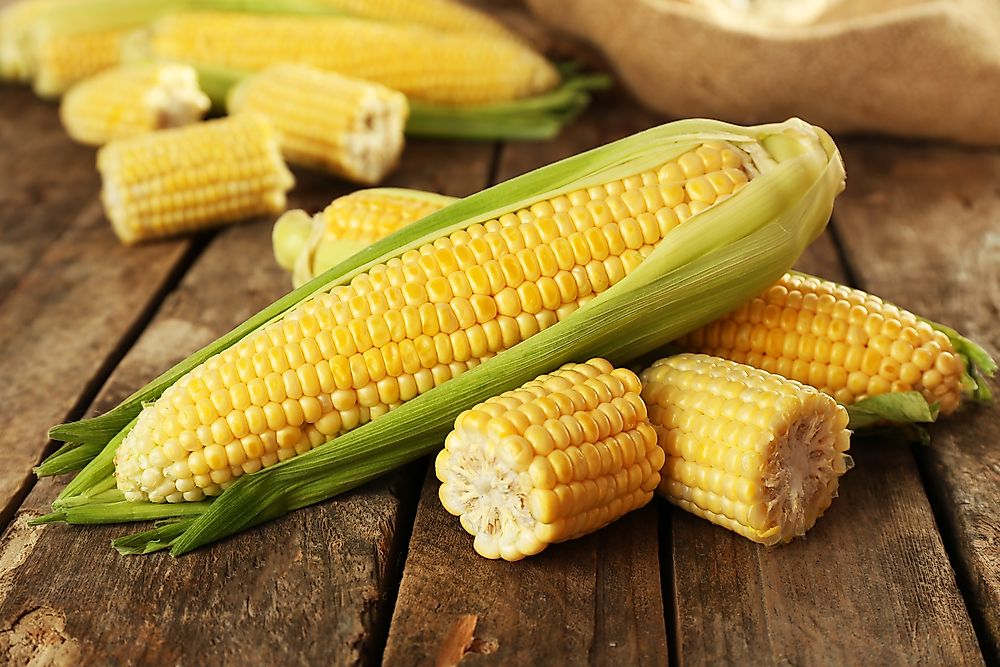The World's Most Common Food Allergies

An allergy causes adverse reactions to substances (allergens) such as food, dust, pollen etc. Food allergies are common since food allergens are mostly consumed unknowingly. Many foods contain trace amounts of allergens which are not easy to deduce.
Children and infants are more likely to develop food allergies than adults. However, most children outgrow their allergies at the age of adolescence. Milk, eggs, wheat and soya allergies are the most commonly outgrown allergies. On the other hand, peanut allergies appear to be much more persistent with only about 20% of peanut-allergic children outgrowing peanut allergy by adulthood.
The nature of the symptoms and their severity depend on factors such as the amount of allergen ingested, the individual and, the length of time since the previous exposure. Some individuals develop only mild symptoms while others may experience symptoms that are more severe.
General signs and symptoms of allergic reactions include nausea, vomiting, hives, itchiness, tongue swelling, rashes, shortness of breath, among others. Such symptoms can occur within minutes to several hours of exposure to the allergens.
Serious symptoms occur when the blood circulation system and respiratory tract are affected. This is referred to as anaphylaxis. When the symptoms cause a drop in blood pressure, or, constriction of the trachea preventing breathing, the victim is said to be in anaphylactic shock. Death can arise from severe hypotension coupled with respiratory and cardiovascular complications.
If an allergen is unknowingly ingested, medication such as epinephrine can be administered. Antihistamines and steroids can also be used.
The most common food allergies are triggered by milk, eggs, peanuts, tree nuts, seafood, shellfish, soy, and wheat. These are commonly referred to as “the big eight”. Other common food allergies are caused by the consumption of corn and fish.
10. Seeds

Seeds have a high protein content which can trigger allergic reactions. Seeds such as sunflowers and sesame are known to cause anaphylactic shock. Other examples of seeds that can be allergic are chia seeds, pumpkin seeds, mustard seeds and, poppy seeds. Seeds are mostly used in making bread, pastries, sauces and, dressings. People who are allergic to seeds should be careful in consuming such food. However, some seed oils are highly refined, a process that removes protein from the oils. Exposure to seed allergens can also be through cosmetic and health care products
9. Milk

Milk allergy is most common in children although most outgrow the allergy when they attain the age of sixteen. This allergic reaction is mostly manifested by vomiting and stomach upset. People with an allergy to cow’s milk may also be allergic to milk from other animals, such as sheep and goats. Traces of milk can be found in cakes, fried foods, chocolates, and seasonings. People with milk allergies should also stay away from dairy products such as yogurt, ice cream, and cheese
8. Eggs

The second most common allergen in children. Allergic reactions can be experienced by consuming eggs from chicken, ducks, quails and, turkeys. Most people would be allergic to all these eggs. Some common symptoms of egg allergic reactions are hives, skin rashes, digestive difficulties and nasal congestion. Such reactions are rarely life threatening. Eggs can be found in cakes, pies, and sauces.
7. Peanuts

This is one of the most serious food allergies. Its symptoms include serious effects such as asthma and cardiac arrest. Anaphylaxis may occur. Other symptoms include itchiness, eczema, continuous cough and, loss of breath. It can be as a result of directly consuming foods having traces of peanuts or, by casual contact with peanuts. Peanut can be found in baked goods, cereals, chocolates, vegetarian meat substitutes, pastries, and sauces.
6. Tree Nuts

They include almonds, coconuts, cashew nuts, hazel nuts etc. A person with an allergy to one type of tree nut has a higher chance of being allergic to other types. Therefore, many patients with allergy to tree nuts are often advised to avoid all nuts. Patients may also be advised to also avoid peanuts because of the higher likelihood of cross-contact with tree nuts during manufacturing and processing.
5. Soy

Soy allergic reactions are typically mild, although rare, anaphylaxis may occur. Can be found in soy based sauces, soy milk, candy, chocolate, baby formula and chewing gum. Common symptoms of allergic reactions are nausea, rashes, stomach aches, runny nose, and wheezing. Most people who are allergic to soy are also allergic to peanuts and tree nuts.
4. Wheat

These allergic reactions can range from mild, like rashes, to severe, like anaphylaxis. Other than being a food allergy, it can also represent itself as a contact allergy resulting from exposure to wheat. Wheat allergies can accrue from wheat protein, wheat seeds and, other wheat plant tissues. Wheat is mostly used in baked products.
3. Fish

Fish allergic reactions can cause anaphylaxis. Other symptoms include skin rashes, diarrhea, and nausea. Halibut, tuna and salmon are the most common types of fish to which people are allergic. Fish protein can be airborne in the steam released during cooking and may be a risk. Handling fish or getting into contact with surfaces that may have fish residue can cause allergic reactions. Fish can be found in dressings, salads, and sauces and oils.
2. Shellfish

Allergic reactions to shellfish are similar to those caused by fish. However, one can be allergic to shellfish but not to finned fish. However, doctors advise that anyone allergic to shellfish should not consume any fish product without first consulting a specialist. Examples of shellfish are lobsters, crabs, and shrimps. These also cause the most shellfish reactions. Possible sources of shellfish are toppings, salads, dressings, and sauces.
1. Corn

Allergic reactions to corn result from eating corn or foods containing corn-based ingredients, or after being exposed to corn pollen. Mild symptoms include nausea, headaches, hives, vomiting. It can result in anaphylaxis. Some products that contain corn are cereals, corn oils, corn syrups, corn flour, sauces, jams and, snack foods. Corn ingredients can also be found in non-food items such as pet food, clothing, IV solutions, dish washing liquid, crayons, cosmetics, toothpaste, paint, plastics, and shampoo.











